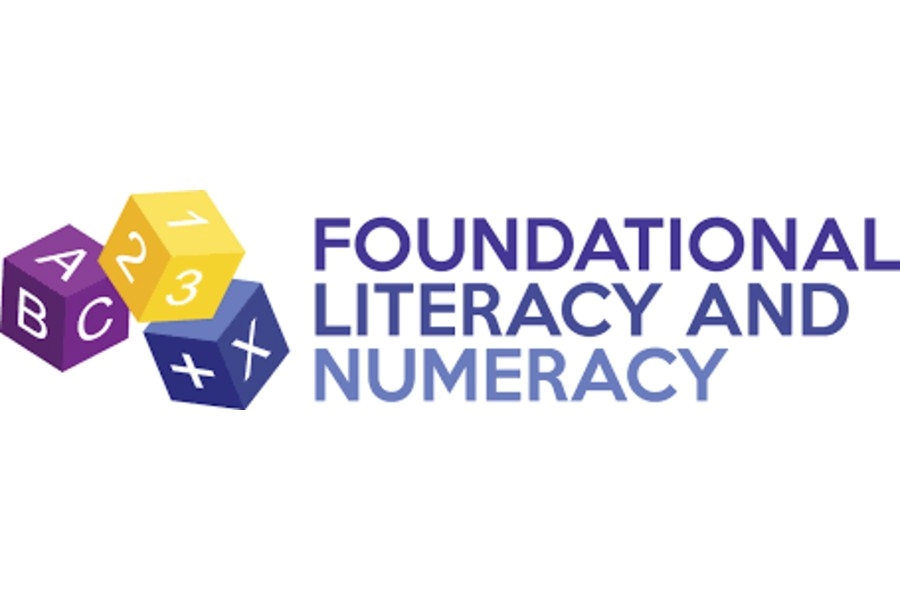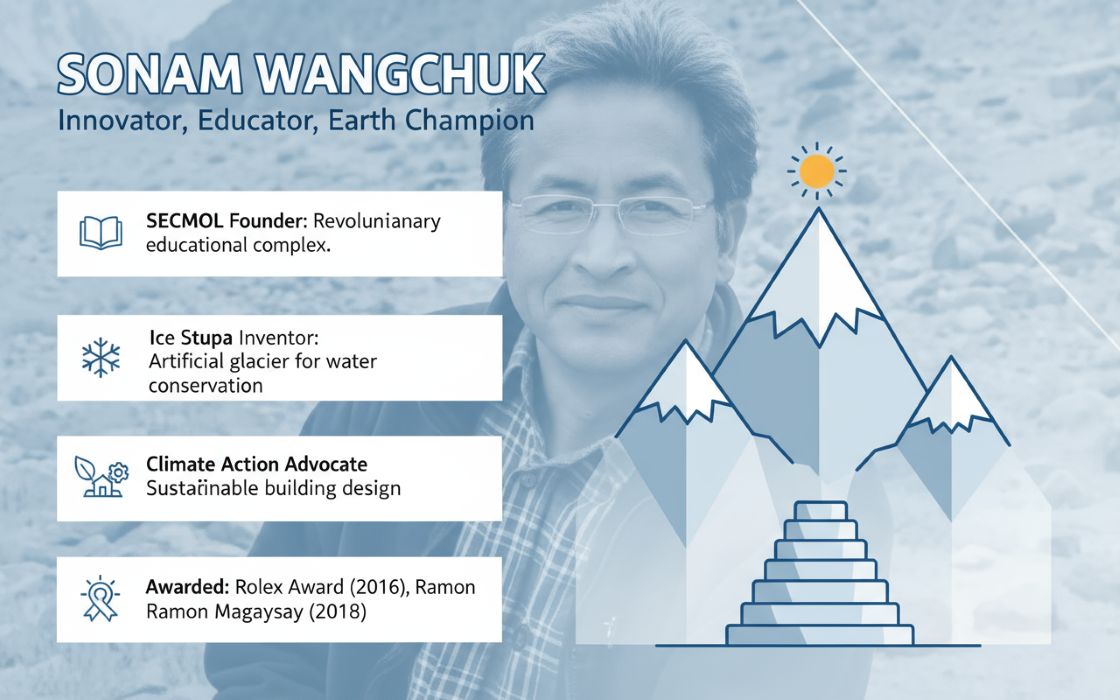Equitable access to quality education is deeply linked to sustainable development, social equity, and climate resilience. As India strives to build a future-ready, inclusive society, digital learning models that reach rural and under-connected regions are becoming essential. The evolving EdTech landscape—when aligned with grassroots infrastructure—can enable a new wave of skill development, empowerment, and opportunity.
In this exclusive interview with TheCSRUniverse, Mr. Prateek Maheshwari, Co-Founder of Physics Wallah and Chair of the India EdTech Consortium (IEC), discusses a pioneering partnership with CSC Academy to democratize education through a hybrid “Digital University” model. From AI-driven personalisation and multilingual content to skill-building programs in cybersecurity and behavioural science, the initiative aims to transform CSC centres into powerful rural learning hubs.
Scroll down to explore how this model is designed to bridge the rural-urban learning gap, foster digital inclusion, and empower youth across India’s most underserved geographies.
Q. What was the core motivation behind PhysicsWallah’s collaboration with CSC Academy, and how does this partnership align with your long-term vision of democratising education in India?
A. As part of its attempt to make education accessible to learners who want to learn, PW has partnered with CSCA, an organisation with deep grassroots reach, especially in regions where digital access is limited.
Q. The partnership aims to create a “Digital University” through CSC centres. How will this model function in terms of content delivery, certification, and learner engagement across rural areas?
A. We plan to deliver content through PW’s online, offline, and hybrid models, attempting to enhance the courses offered by CSCA as well as courses in emerging areas such as Cyber Security, Artificial Intelligence, and Behavioural Science. Certification programs will be co-developed in emerging areas, and we are attempting to train CSC staff and Village Level Entrepreneurs to attempt effective local academic engagement.
Q. With a strong emphasis on hybrid learning, how do you plan to balance online modules with offline support in geographies where internet access and digital literacy are still evolving?
A. We attempt to balance online and offline learning by using CSC centres as Digital Learning Centres. In areas with limited internet or digital literacy, trained VLEs and CSC staff will try to assist learners with access, navigation, and guidance. Our hybrid model attempts to ensure that students can engage meaningfully, even in low-connectivity regions.
Q. One of the key pillars of this initiative is skill-based education. How will PhysicsWallah ensure that courses in areas like Cyber Security, AI, and Behavioural Science are both industry-relevant and accessible to rural learners?
A. At PW, we recognise the growing relevance of skill-based education and are exploring ways to contribute meaningfully in this space, particularly in partnership with CSCA. Through PW Skills, we have worked on developing structured programs in areas such as Cyber Security and AI, which may offer practical value to learners. This collaboration will try to adapt such programs for delivery through CSC centres, with support from trained Village-Level Entrepreneurs. By combining our content development experience with CSCA’s outreach network, we are attempting to make skill-oriented learning more accessible to learners in rural areas, while continuing to assess and evolve the approach based on feedback and implementation outcomes.
Q. Could you elaborate on how PhysicsWallah plans to use Artificial Intelligence and adaptive learning technologies to personalize content for students from different socio-economic and linguistic backgrounds?
A. In the context of this collaboration with CSC Academy, there is an intent to apply AI and adaptive learning technologies to better understand learner behaviour, provide tailored recommendations, and support varied learning paces. Language accessibility is also a key consideration. PW also tries to offer courses in multiple Indian languages, which helps address linguistic diversity to some extent. As part of this initiative, similar multilingual support and platform-level personalisation features are being considered, to reach learners from different socio-economic and regional backgrounds. These efforts are expected to evolve based on feedback, technology readiness, and learner response.
Q. Regional language content is critical to inclusivity. What efforts are being made to develop high-quality, localized educational content, and how will this content be adapted to regional education boards or learner needs?
A. We understand that regional language content plays one of the important roles in improving access and learner comfort, especially in rural and semi-urban areas. As part of this collaboration, efforts are being made to explore the development of localised educational content that may align with regional learning needs. The aim is to gradually adapt course material to reflect regional board requirements and local academic expectations, wherever feasible. Input from CSCA’s on-ground network and feedback from learners may also help inform content design and delivery decisions over time.
Q. CSC Academy’s network of Village Level Entrepreneurs (VLEs) is a unique asset. What training and support mechanisms are being put in place to empower them to facilitate academic delivery at the grassroots level?
A. We plan to provide structured training to VLEs within a defined period after the finalisation of each program. This training may cover the use of digital platforms, program content, and learner support practices. CSCA is expected to coordinate the mobilisation and readiness of VLEs, while PW contributes training materials and delivery support.
Q. From an operational standpoint, how will PhysicsWallah measure success and impact for this initiative—both in terms of learning outcomes and community-level transformation?
A. To track progress and inform future planning, a set of performance indicators has been outlined as part of this collaboration with CSCA. These include metrics such as annual learner enrollments, program completion rates, learner satisfaction, and geographic reach across CSC centres. The intention is to review these indicators regularly and make adjustments based on observed trends and feedback. While measuring broader community-level transformation is a complex process, the collaboration will try to observe shifts in participation, engagement, and access to structured learning in rural areas over time. Both parties are expected to coordinate closely to ensure operational alignment and adapt strategies as required.






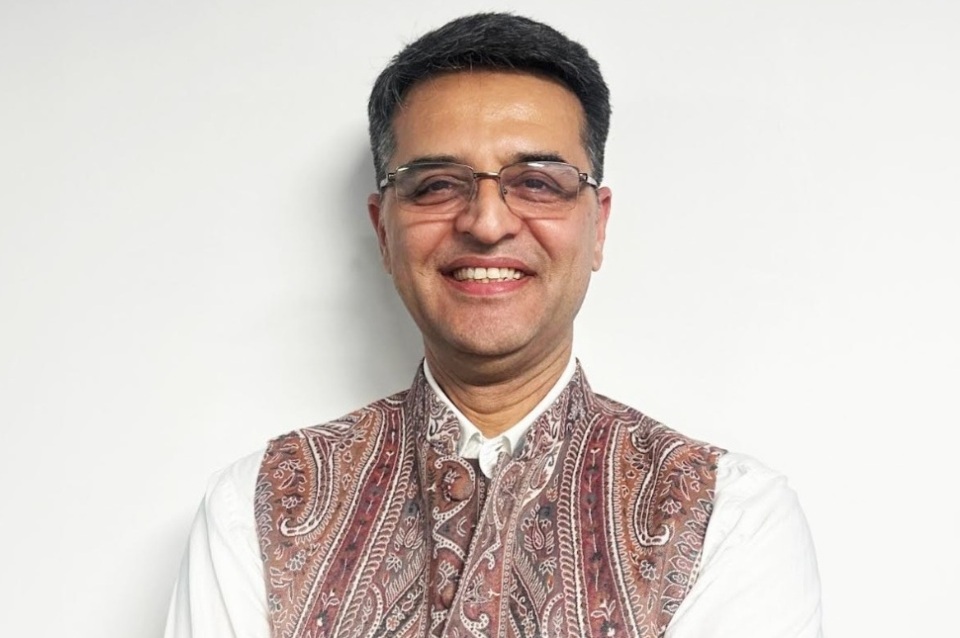
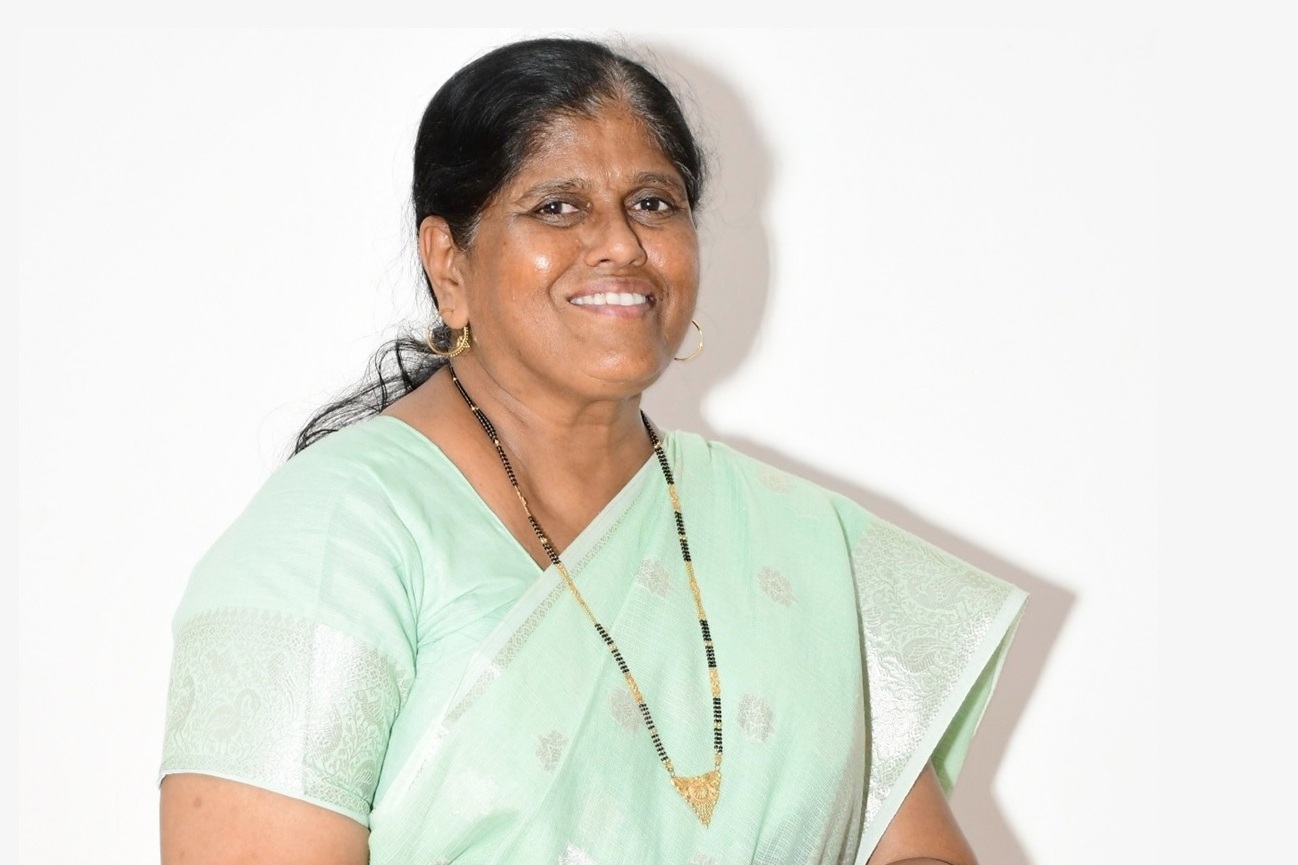
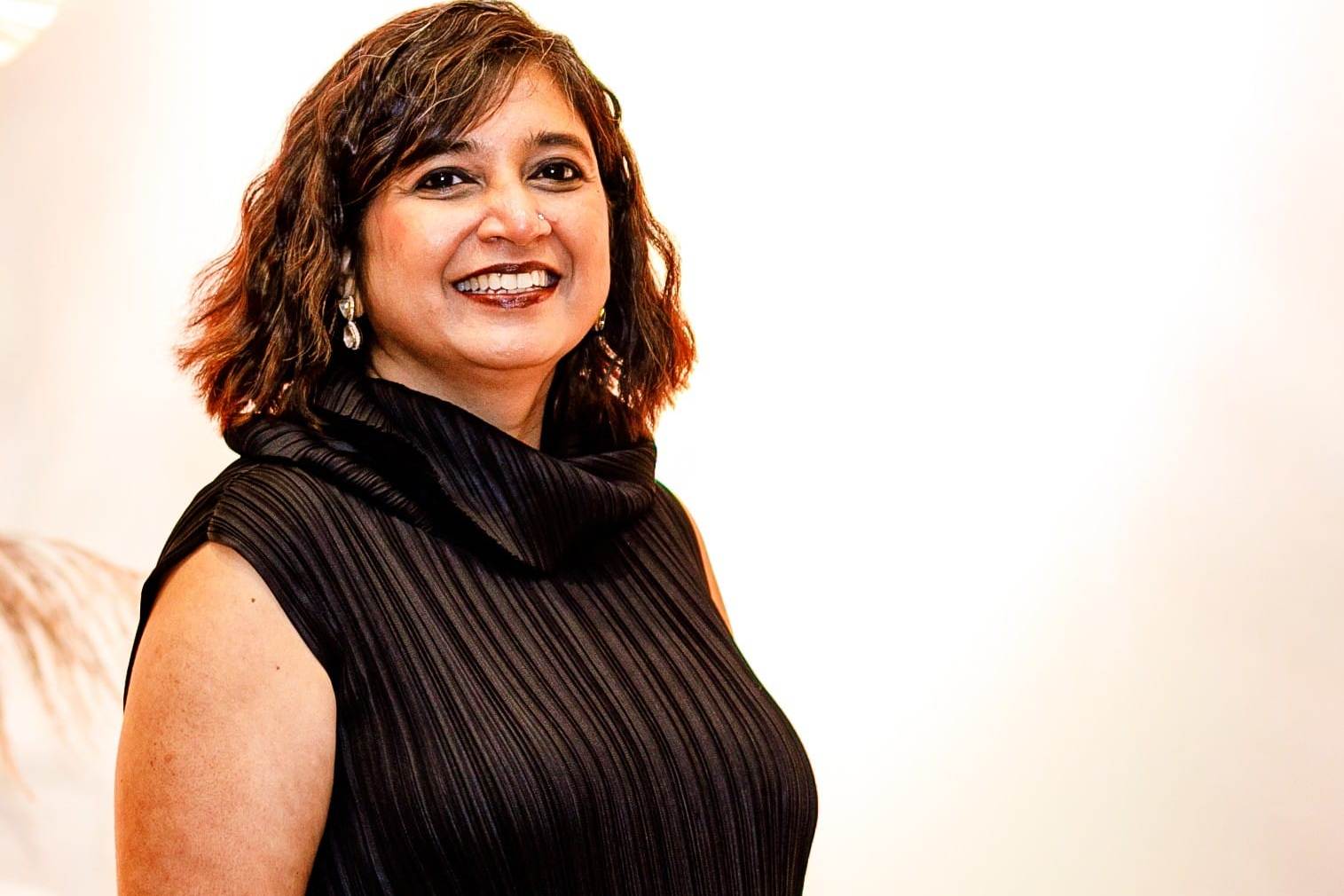


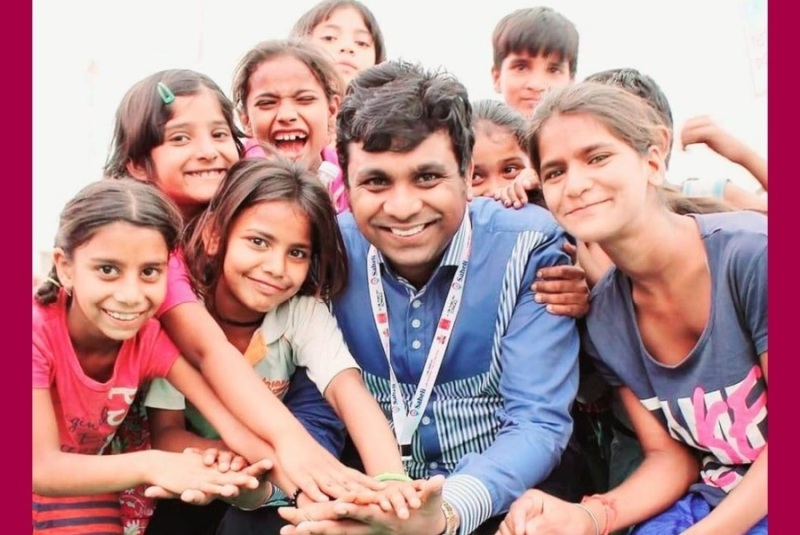
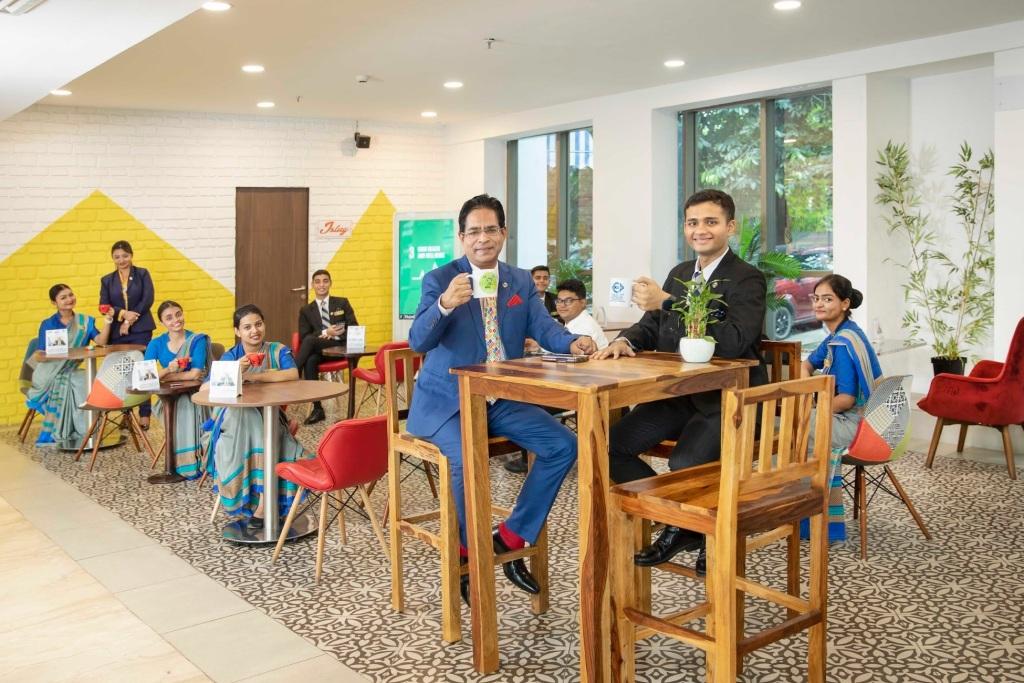

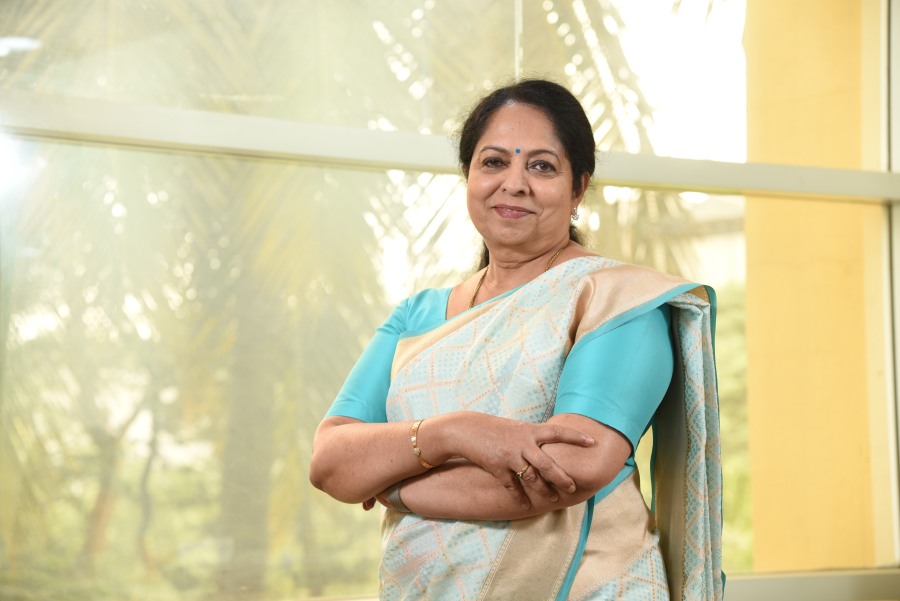
.jpg)
